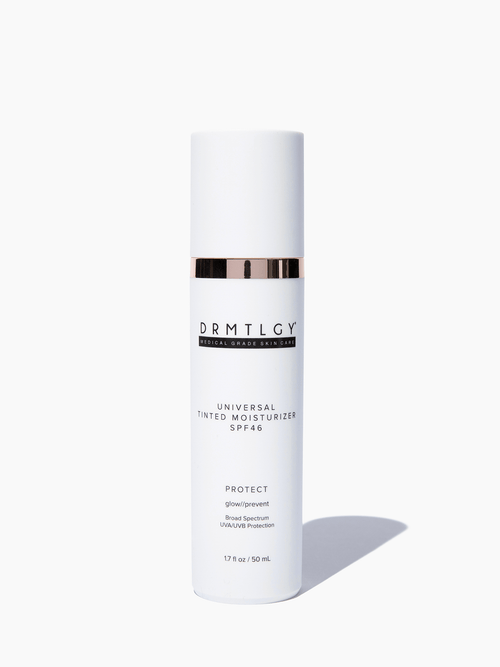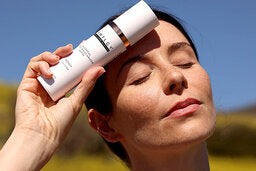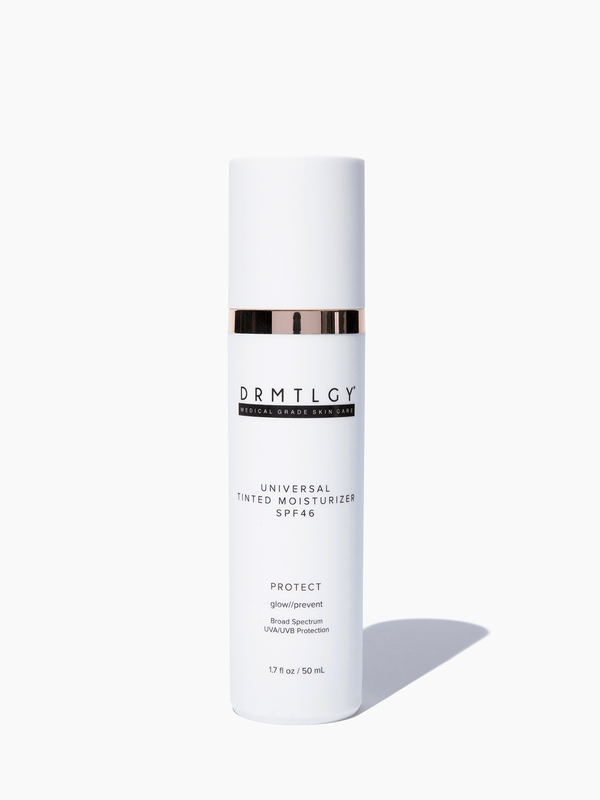How often do you look at the ingredient list of your skincare products?
Many people go through their daily regimen without ever thinking about the science behind it -- and there’s certainly nothing wrong about it! We’re lucky to live in an age where we can worry less about the things we put onto our skin, and just reap the benefits of them instead.
However, a lot of trial and error goes into developing the formulation for each product. This ensures that it works effectively, lasts longer, and appeals to the people using it. Having a working knowledge about a formulation and its ingredients can help you make better judgments about its effectiveness and compatibility with your skin.
What is a Product Formulation?
The formulation of a skincare product is its “recipe,” the measurements and order in which each ingredient is added to create the finished product. It’s a lot like cooking: Change the measurements or the order that an ingredient is added, and you might end up with a whole new thing altogether.
In recent years, the industry has seen a push for more transparency in the ingredients and processes brands use.
For decades, people had no idea what was in their products -- or if science actually backed up the claims that companies made. All they had to go on was their trust in the brand and, if you were lucky, a set of testimonials handpicked by the company itself.
But we’re now in the midst of a skincare revolution.
Absolutely anything can be found online. Women do research on the products they use, look up the ingredients, and decide for themselves if the science behind it is sound. More and more science-focused skincare blogs and entrepreneurs are cropping up -- and it’s because people have the access and the power to do things their way. Meanwhile, legacy brands feel the pressure to back up their claims; those that do find themselves with an ever-growing fan base.
Women like you can now take control of their unique skin needs and goals, pruning and trimming their routines with products that are proven to work.
Why Skincare Product Formulations Matter
Creating a stable, effective, and appealing product formulation is a delicate balancing act. Yes, having the right active ingredients surely matter. But, that doesn’t mean the other molecules in your favorite serum are useless.
Each of the supporting ingredients in a formulation’s recipe has its role to play, and removing or changing the measurements of one can destabilize the whole thing.
For example, some ingredients will have adverse reactions with others or break down completely if they are added out of order. Omitting others can prevent the product itself from absorbing into the skin and performing effectively.
The importance of skincare formulations has even made its way to studies conducted in medical institutions. In one study, adding micro-nutrients to the skincare products used to address hospital-acquired pressure ulcers resulted in patients saving an average of $6,677 during their visit.
The supporting elements found in any skincare product are known as functional ingredients. They work to improve the way a product functions, influence the form and texture it takes, and supports the active ingredients present in the formulation. Some actives are very unstable, so functional ingredients preserve them and act as a vehicle to deliver them into your skin.
The quality of the functional ingredients used also enhances the experience of application. Think back to your last skincare routine. What was your favorite step? Why was it your favorite? Chances are, you enjoyed the scent or the slip of the product as you layered it onto your face.
That’s the sort of power functional ingredients have. They can elevate your skincare routine with properties that activate your five senses.
On the other hand, some elements can function as either functional or active ingredients. Alpha-hydroxy acids, for example, carry both resurfacing and hydrating properties. Adding more AHA into a product will play up its active exfoliating attributes, while in smaller quantities it may act more as a humectant.
That’s why it can be very beneficial to know the ingredients your products contain, and how they interplay with others in your skincare routine. You can easily save yourself time and avoid damaging your skin in the process.
How to Use the Ingredient List to Determine Efficacy
But first, a definition review:
According to the Merriam-Webster dictionary, efficacy is defined as “the power to produce an effect.” It typically refers to the effect of something, like a skincare ingredient, as it would play out under perfect conditions. Meanwhile, effectiveness refers to the power something has in real-world situations.
Although the ingredient list on your skincare packaging typically doesn’t provide details on the formulation of your product, parsing it can reveal clues on how much of each ingredient was added. This means that you can guesstimate how effective a product can be -- without even trying it on!
For this, you can thank the Fair Packaging and Labeling Act, which was passed back in 1967. This law required that all “consumer commodities” needed to be labeled with information disclosing what the product was, who made it, and what it was made of. Most importantly for our purposes, this last point ensured that the ingredients of a product would be listed in the order of their concentration.
Typically, the first five ingredients make up the majority of the product. But, if you don’t see your favorite active in one of these coveted spots, don’t fret.
Many actives, like acids and niacinamide, are so powerful that over-the-counter products only have them in tiny concentrations. Too much of these substances can leave you with irritated, angry skin. So even if you find salicylic acid or vitamin C towards the end of the ingredient list, if the product was formulated well, you shouldn’t experience any issues with its efficacy.
Of course, efficacy is different from effectiveness. Just because a product has been proven to work well in trials doesn’t mean it will work 100% the same on everyone who buys it. The chemistry of everyone’s skin is different, so ultimately the best way to find out whether a product will work well for you is by trying it yourself.
Just like the food you eat, it’s important to know what ingredients your products put into your body. Are they good or bad? Do they do what they claim, or are they just fillers?
Use this knowledge to get the most value out of your skincare. You’ll want to ensure that they aren’t just formulated right -- they should also be compatible with your skin type and work as intended.
But we get it: Sometimes it can be overwhelming. That’s why we have licensed skincare professionals on hand to help you with all of your questions and concerns. Ask one of our experts and get started on your skincare goals today!
References
Wound Management and Prevention, October 2011, Volume 57, Issue 10
American Journal of Dermatological Research and Reviews, 2019, Volume 2, Issue 8













